Rancho Palos Verdes landslide is creating a new beach. ‘It’s unreal’ – the Los Angeles Times
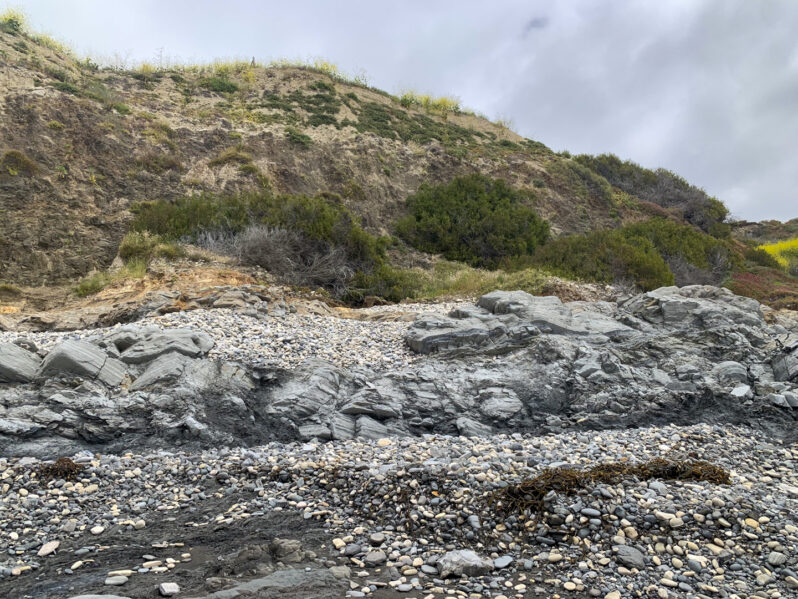
There’s an entirely new coastline in Rancho Palos Verdes…
The homeowner mutiny leaving Florida cities defenseless against hurricanes – Grist Magazine
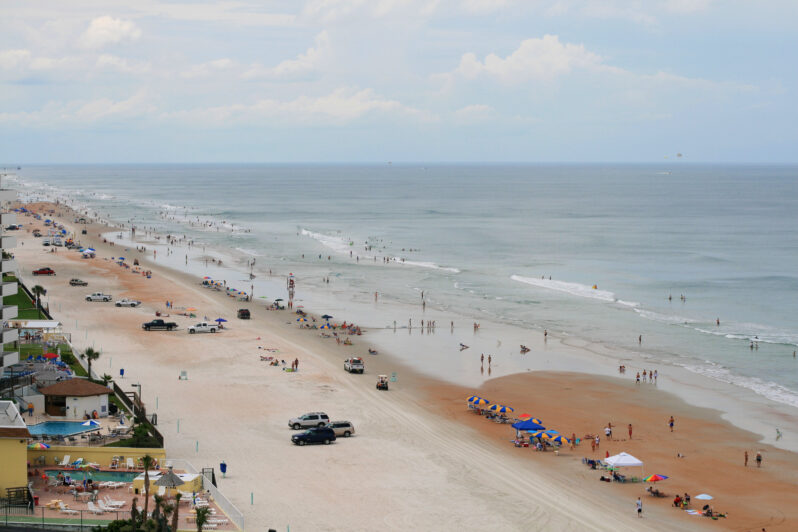
The Army Corps of Engineers won’t restore eroded beaches in Pinellas County unless homeowners agree to one condition: public access…
“The fear has properly set in”: how it feels to watch my home town disappear into the sea – the Guardian
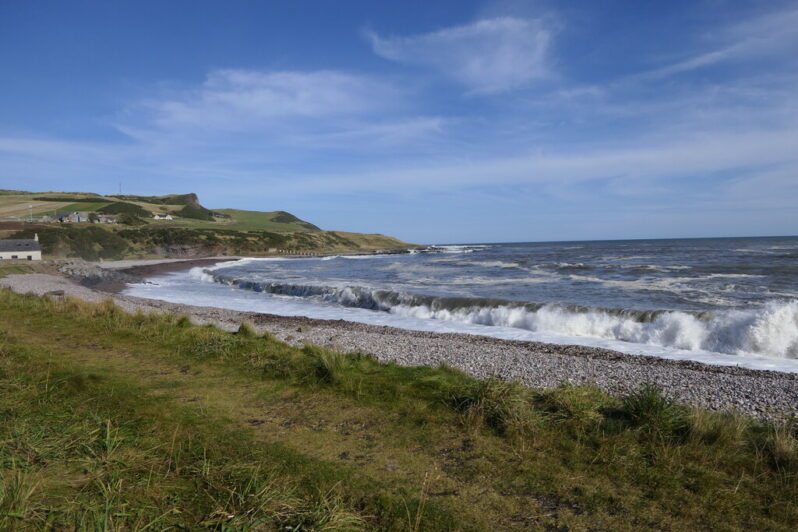
Inverbervie, on the north-east coast of Scotland, faces an existential threat, with storms carving away metres of shoreline. Can anything be done to save what is left?
The Precarious Future of Big Sur’s Highway 1 – the New Yorker

How climate change is threatening one of the country’s most famous roadways..
How is coastal erosion impacting life in San Diego? – NBC 7 San Diego
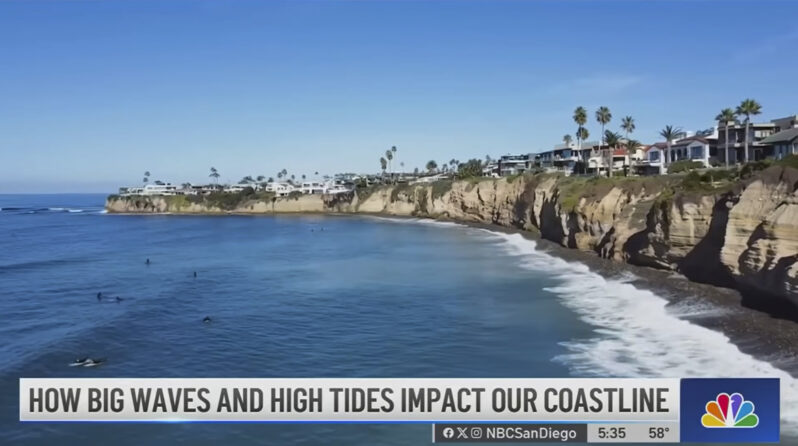
NBC 7 explores coastal erosion and the threat to people, property & infrastructure along San Diego’s coastline.
Why Highway 1 is the climate challenge that California can’t fix – the Washington Times

It is beloved by Big Sur road trippers and is vital for local businesses. But intense storms, slides and fires imperil this highway. What does the future hold?
The Race to Keep an Amtrak Train From Falling Into the Pacific – The Wall Street Journal

The Pacific Surfliner has shut down frequently because of coastal erosion and eventually must be moved inland..
Why Highway 1 Near Big Sur Is Always Collapsing Into The Ocean – LAist
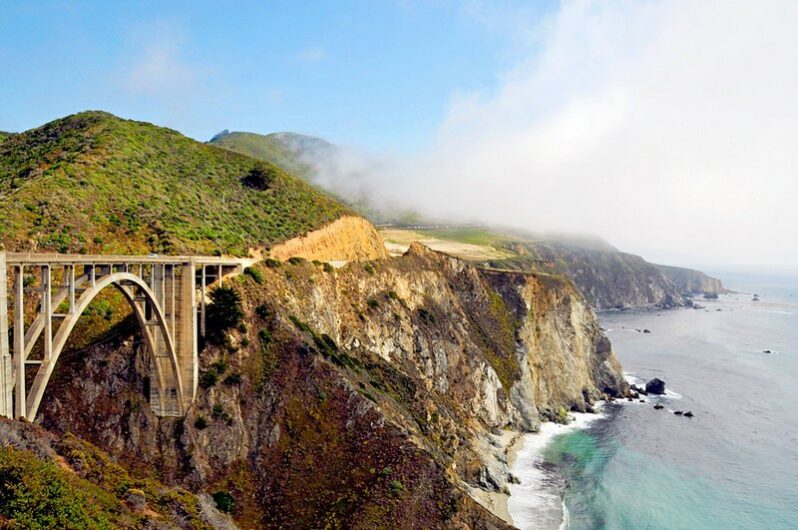
About 2,000 motorists, mostly tourists, were stuck in the area on Saturday night after a section of Highway 1 fell into the ocean. No injuries were reported….
Travelers Stranded by Highway Collapse Begin to Leave Big Sur – the New York Times
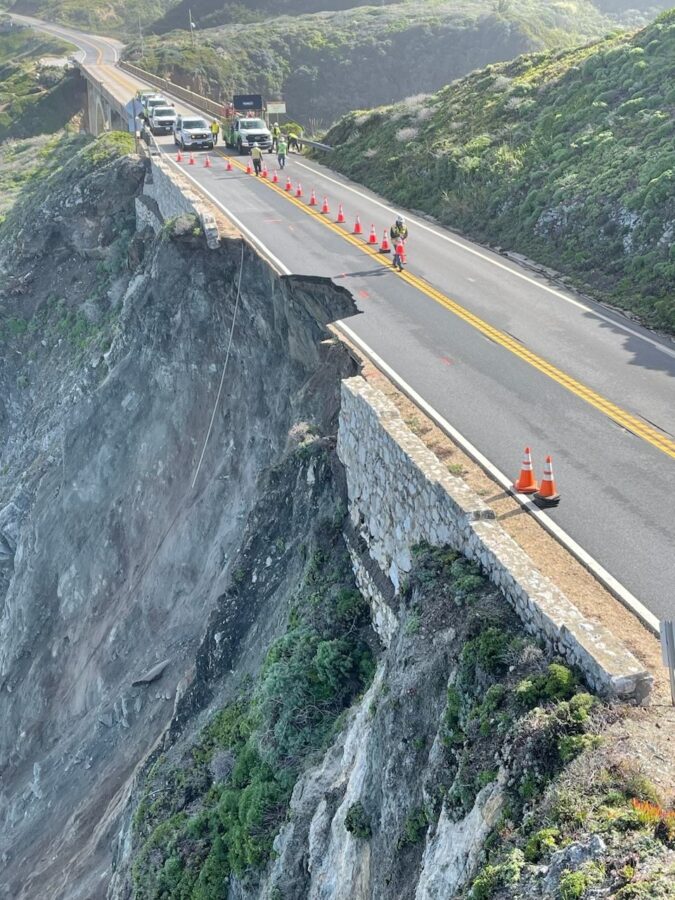
About 2,000 motorists, mostly tourists, were stuck in the area on Saturday night after a section of Highway 1 fell into the ocean. No injuries were reported….
